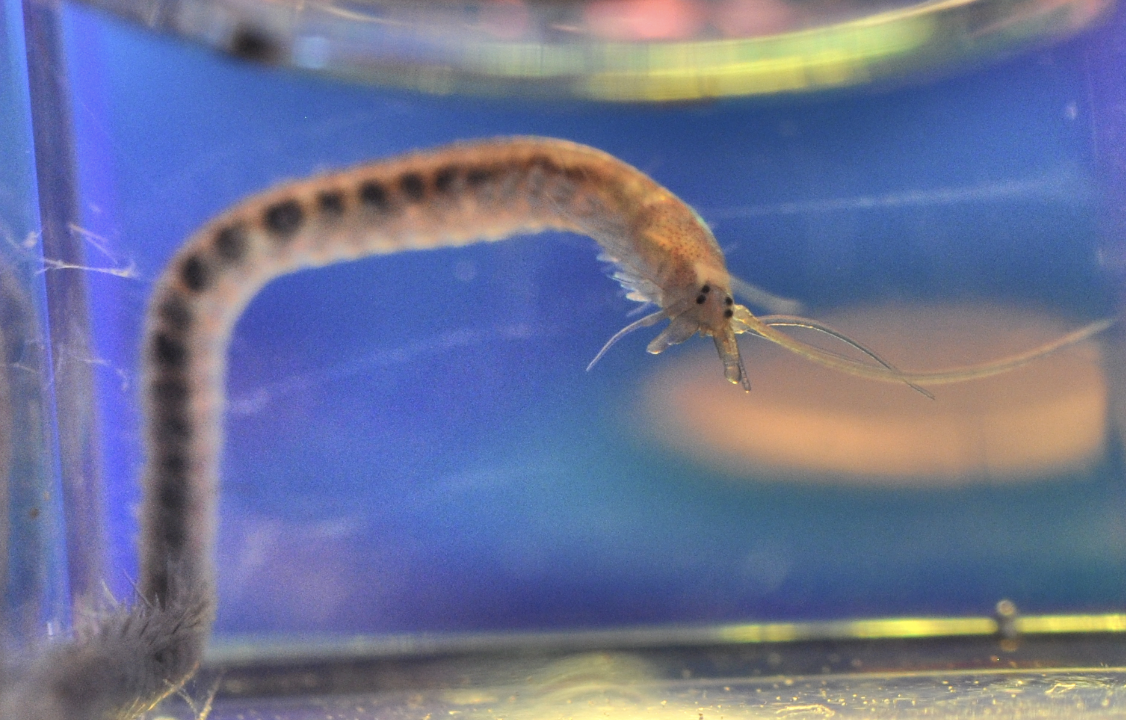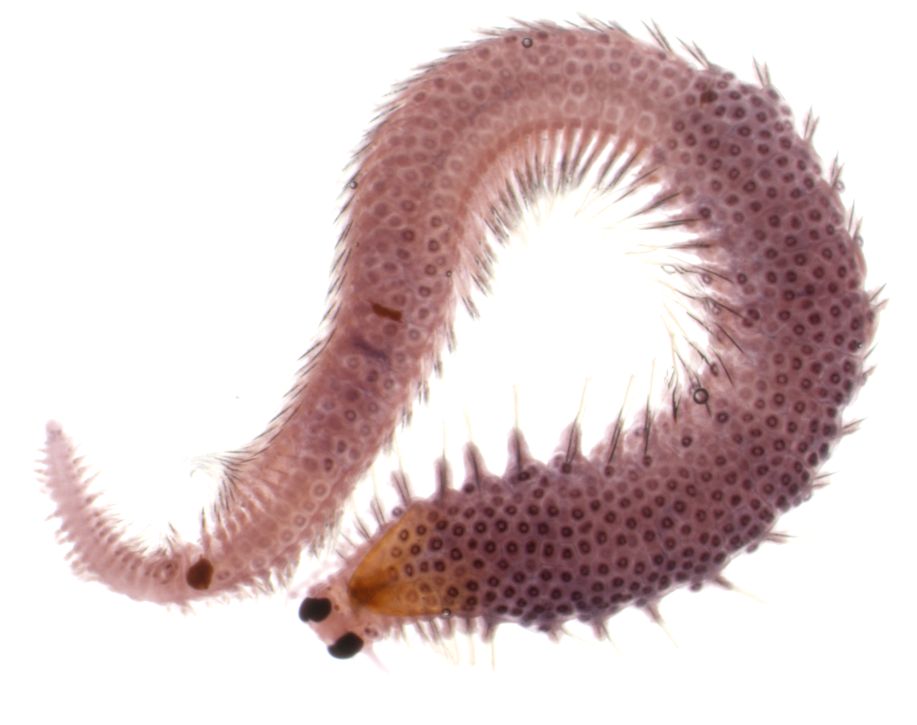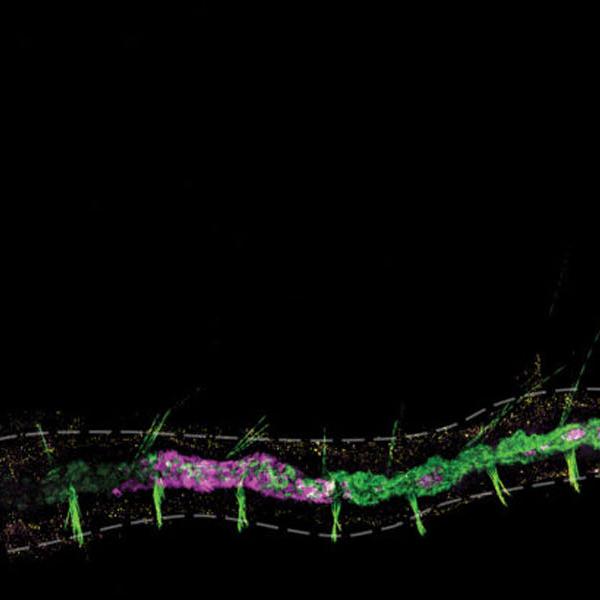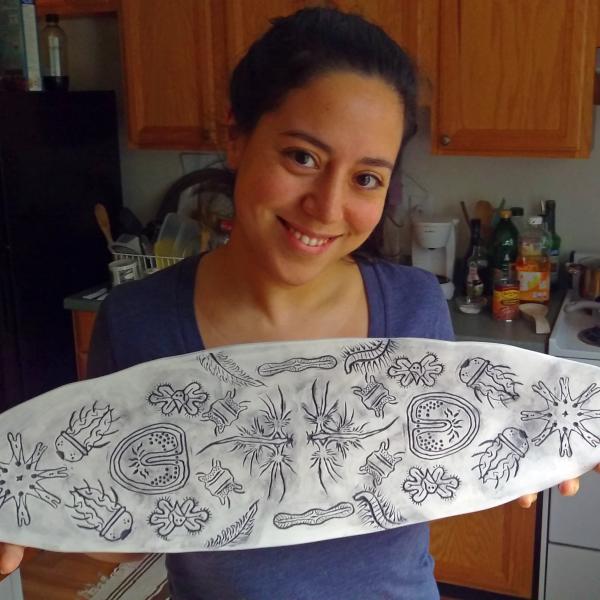What are the mechanisms of reproductive cell regeneration?
Reproductive cells are the cells that become eggs and sperm, and then have the potential to give rise to a whole organism. Many organisms (such as hydra, flatworms, earth worms, or sea stars) regenerate their reproductive organs and reproductive cells as a part of whole body regeneration. In contrast, humans and well-established research organisms lack this ability. The mechanisms of regenerating the reproductive cells are not understood but is one of the most impactful regeneration abilities. Understanding the mechanisms of regenerating this cell type would provide insight into the “mother of all stem cells”. The goal of our laboratory is to close this knowledge gap and define the cellular origins and molecular mechanisms of germ cell regeneration. What are the embryonic origins of cells involved in reproductive cell regeneration? Can any cell type regenerate reproductive cells, or are there limitations to which cells can replace them? How is the genome integrity maintained in regenerated reproductive cells?
To answer these questions, we combine many exciting techniques such as live-imaging, genome-editing, mRNA injections, and transgenesis. We use marine and aquatic segmented worms such as Dumeril's clam worm (Platynereis dumerilii), and the water nymph worm (Pristina leidyi).
In the News:
https://www.mbl.edu/news/need-new-reproductive-cells-marine-worm-shows-way
https://www.mbl.edu/news/finding-art-science-profile-duygu-ozpolat-mbl-hibbitt-fellow








